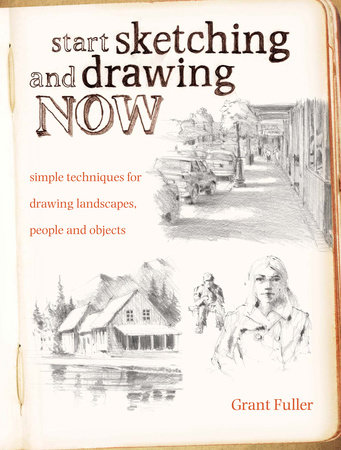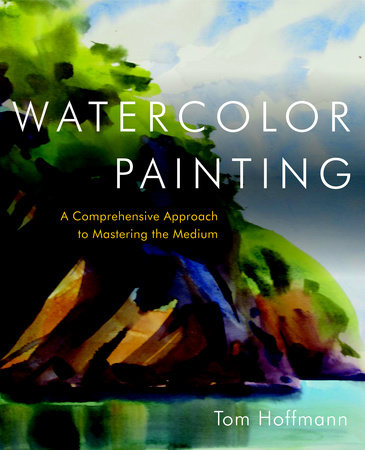


-
$35.00
Dec 11, 2012 | ISBN 9780823006731
-
Dec 11, 2012 | ISBN 9780823006748
YOU MAY ALSO LIKE

The Great Holiday Slow Cooker Book

Pigs with Wigs

Feet Eaters

Grouchy Couch

The Niman Ranch Cookbook

Hunter Seat Equitation

Manga for the Beginner Chibis

CatWise

Start Sketching & Drawing Now
Table Of Contents
Watercolor Painting
Contents
Introduction: Understanding Watercolor
Chapter One: Translating a Subject into the Language of Watercolor
Being Mindful of Your Subject
Revisiting Your Purpose
Identifying the Tricky Parts
Knowing Where to Begin
Knowing When to Stop
Maintaining Intentionality with Your Marks
Recognizing What Works
Using the Language of Form
Chapter Two: Knowing What Not to Paint
Identifying the Major Shapes
Creating a Five-Value Monochrome Study
Evaluating a Simplified Study
Creating a Two-Layer Geometric Sketch
Thinking about Stopping
Creating a Three-Layer Thumbnail Sketch
Chapter Three: Seeing in Layers
Resolving an Image through Layers
Learning to Exercise Restraint
Identifying Individual Layers
Evaluating the Layers
Chapter Four: Understanding Value
Identifying the Lightest Part of the Picture
Reserving the Whites
Reserving Non-White Elements
Identifying the Darkest Part of the Picture
Bracketing the Values
Knowing How Dark You Can Go
Critiquing the Darks
Knowing When to Depart from “Accuracy”
Chapter Five: Sharing Control of Wetness
Working with Hard and Soft Edges
Planning the Wetness of the Paper
Providing Enough Time for Each Task
Gauging How Much Paint You Need
Gauging the Wetness of the Brush
Rewetting an Area
Knowing When to Depart from “Accuracy”
Chapter Six: Getting the Most out of Color
Serving Your Main Goals with Color
Evaluating Your Palette
Mixing Your Colors
Identifying the Dominant Color
Evaluating the Effects of Color Temperature
Knowing When to Depart from “Accuracy”
Enlivening Your Darks
Choosing Colors for Your Neutrals
Chapter Seven: Developing an Instinct for Composition
Sketching Your Subject
Translating Form into Content
Knowing When to Depart from “Accuracy”
Creating the Illusion of Space
Being Mindful of Abstraction
Establishing Balance
Chapter Eight: Becoming Your Own Teacher
Identifying the Qualities of a Good Teacher
Establishing Who Is in Charge
Painting for Its Own Sake
Devising Alternate Strategies
Identifying What Worked Well
Expanding Your Range
Asking the Questions
Index
21 Books You’ve Been Meaning to Read
Just for joining you’ll get personalized recommendations on your dashboard daily and features only for members.
Find Out More Join Now Sign In










